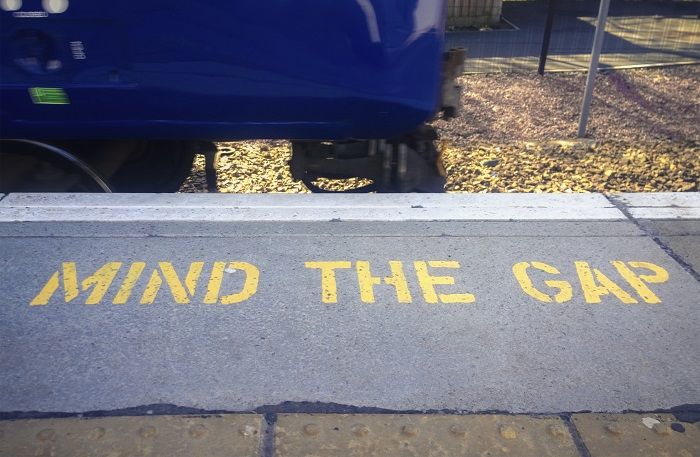A game-changing approach to unlocking and catalysing finance in the least developed countries (LDCs) involves a multi-faceted approach that includes funding the “missing middle”, showing investors commercial viability and activating more public and private finance.
Financing facilities such as the UN Capital Development Fund’s (UNCDF) BRIDGE Facility are among those that can support this multi-faceted approach. This issues catalytic loans and guarantees to enterprises and project developers that meet its rigorous standards for development impact and financial viability.
Lending instruments include:
- Working capital loans. These finance short-term working capital needs and can have flexible amortisation (e.g. bullet) or pricing (e.g. zero interest) features.
- Extended grace period/long tenor loans. These would provide extended grace periods on interest and or principal (e.g. up to three years), or would offer long maturity profiles (e.g. up to eight years), and can be useful if liquidity is needed for medium/long-term capital expenditure investments. Extended grace periods/long tenor loans are another form of concessionality, beyond concessional interest rates.
- Subordinated loans. These would provide a financing solution that would be junior to the repayment rights of other lenders that may occupy a senior ranking. If the borrower cannot repay, the UNCDF’s subordinated loan would be exposed to loss first. This provides liquidity with a healthier appetite for risk, which would be welcome in the current environment to encourage other lenders to come in with new capital.
Guarantee facilities
The Catalytic Investment Facility’s guarantee instruments would primarily focus absorbing some of the risks other investors, banks, suppliers and customers may face, especially in the forms of lost investments, unpaid invoices and lost customers in the face of reduced economic activity across multiple sectors in the face of the pandemic. The UNCDF guarantee instrument can be utilised in various modalities:
- Pari passu credit risk guarantee. UNCDF’s partial credit risk guarantees typically provide credit risk coverage to banks and other investors who extend financing to individual companies or a broader portfolio of companies. Under the Catalytic Investment Facility, UNCDF’s coverage can be extended to guarantee up to 50% of the credit risk borne by a bank or investor where a default occurs. In other words, where a company fails to pay a bank or investor any amount due, UNCDF can cover up to 50% of the loss that the bank or investor incurs. Such protection would promote the continued flow of lending activity in these difficult circumstances.
- Subordinated credit risk guarantee. These provide credit risk coverage to banks and other investors with higher risk absorption levels than the party they are sharing credit risks with. These guarantees can cover 70% of all losses suffered up to a certain risk percentage alongside another guarantor. Under the Facility, UNCDF’s coverage can be extended to guarantee 70% of the credit risk up to 20% of the total value of the underlying credit facility.
- Volume guarantee. These are used to provide market/sales risk coverage to various actors in a given supply chain who provide products or services to a customer/off-taker. If sales volumes are not reached as articulated in a business forecast, UNCDF could cover the loss realised by the supplier or downstream business. This instrument therefore allows for supply chains to continue functioning, even in the event of disruption.
Eligibility criteria
The eligibility criteria are meant to be simple and in line with UNCDF’s current operating themes, while retaining UNCDF’s focus on LDC markets. By design, the Facility is not meant to discriminate between companies based on a subjective analysis of their commercial opportunity.
| Sectors | – Food security and nutrition/agribusinesses – Financial inclusion and innovation – Green economy and renewable energy – Local and municipal projects in LDCs |
| Geographies | – Operations in LDCs |
| Core eligibility criteria | – All entities shall have a result framework for monitoring the impact towards UNCDF’s Strategic Framework and at least one SDG – Transparent ownership structure and legally registered entity – Clear revenue model and recurring revenue streams – Stable or improving historical profitability trends – At least two years of audited historical financials – Positive net equity |
| Other eligibility criteria (Covid-19 affected enterprises) | – Demonstrated need for emergency funding in the next six months: i.e. cash on hand vs. expected net cash flows and upcoming debt repayments – Can clearly articulate how the Covid-19 crisis has affected the entity’s operations and/or core financial metrics – Can clearly articulate an adaptation plan to protect jobs and revenue streams |








